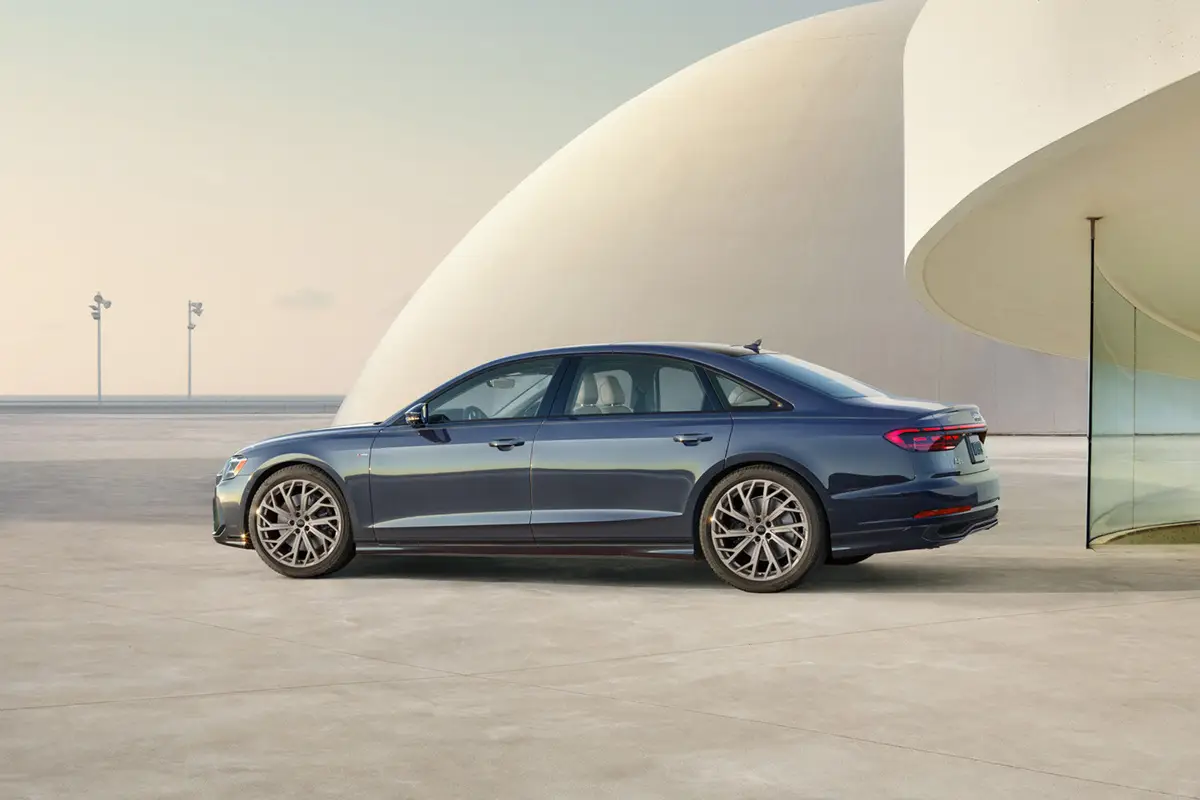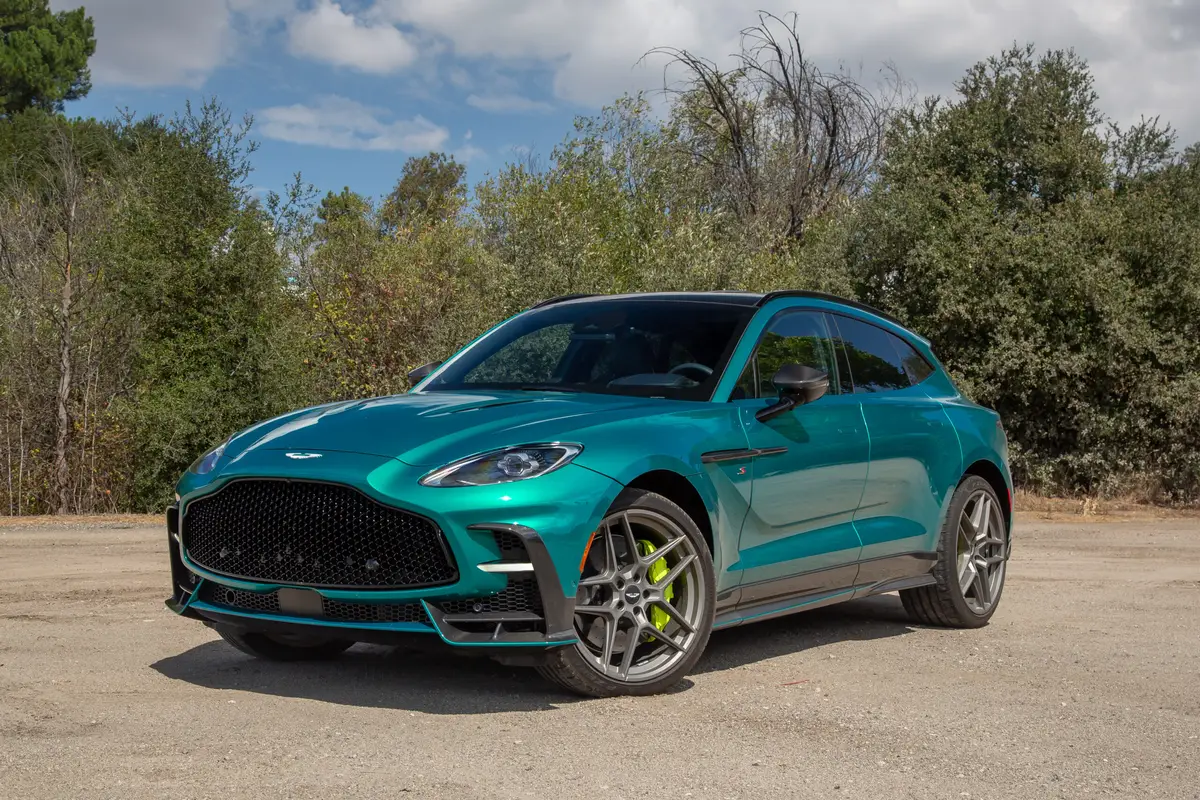washingtonpost.com's view
There is a disconnection between the people who make and market cars and those who buy them. In support of that argument, we offer Exhibit A, the 2009 Toyota Matrix XRS wagon.
By implication, we also present Exhibit B, the practically identical 2009 Pontiac Vibe GT, which we have yet to drive but look forward to driving, mostly because it looks better.
The Matrix and Vibe are made by the same union workers in the same plant in Fremont, Calif. The facility is New United Motors Manufacturing, a joint venture between General Motors and Toyota.
That means the Matrix and Vibe generally have the same quality inasmuch as they were developed by the same designers and engineers using the same front-wheel-drive, small-car (Toyota Corolla) platform. But, according to various vehicle rating services, the Matrix is likely to have a higher resale value than the Vibe because the Matrix wears a Toyota badge.
We could write volumes about that apparent unfairness, but that is another story. Here, we want to show you how automobile companies, domestic and foreign, often seem clueless about who really buys their products.
Essentially, the Matrix and Vibe are economobiles. But they were conceived in the late 1990s and introduced in the 2000 model year, when “economy” meant appealing to young buyers who wanted more than they could afford, which wasn’t much.
Automobile manufacturers came up with a variety of schemes to exploit that underfunded yet aspirant market. The basic ruse was to dress and dub as “sporty” cars that, by any reasonable estimate, were anything but. That is the case with little runners such as the Matrix XRS, just as it was for the Suzuki SX4 driven and reviewed for this column. We suspect the same will hold true for the Pontiac Vibe GT when we get it in our clutches, but we’ll reserve judgment until then.
Slapping “XRS” and “GT” and “SX4” on basic economy metal, doing a little suspension tightening here and there and adding a few bits of go-go design attracts some young “enthusiast” buyers. But it does little for what has proved to be the biggest constituency for such cars — practical shoppers looking for quality and fuel economy at an affordable price more than for hot-rod fantasies.
In fairness, the more humble samples of the Matrix and, again, by implication, the Vibe, amply meet the needs and expectations of that primary econocar constituency, whose members include as many buyers in their 40s and 50s — and older — as in their teens and 20s.
For that primary audience, putting a zoot suit on a small economy commuter is a bit of a laugher. At least, that was the case with my crew: vehicle evaluations associate Ria Manglapus and my wife, Mary Anne.
We loved the high utility of the Matrix XRS, largely represented by its perfectly flat load floor. Its 2.4-liter, in-line four-cylinder, 158-horsepower engine was great for city driving and cruising highways in the middle and right lanes. But the zoot-suit bits, particularly its more firm suspension system (four-wheel-independent with MacPherson struts and stabilizer bars front and rear, torsion beam and wishbone set-up rear), made little sense to the rest of the car.
The seats were soft and manually operated. In a Matrix that has been made three inches taller for 2009, you get a little car “that makes you feel as if you’ve sunk to the floor in a larger one,” Ria said. Riding on the hard suspension of the Matrix XRS while sitting on those soft seats “seems like sitting on a couch in a go-kart,” said Mary Anne.
I concurred with their assessments after a long highway cruise in the Matrix XRS. Except they might’ve added that the little car is a little noisy at highway speeds, all things I could’ve lived with if the car had been marketed for what it is — an economy car, a commuter, nothing less and, most certainly, nothing more.
Latest news



